Surely, that’s good news for potential tenants, right? Nope! Priced-out would-be buyers are heading — you guessed — to the rental market, forcing up prices. Compounding the effect are landlords now paying more for management and utility costs due to inflation. They're transferring the expense to their tenants, which further increases rent.
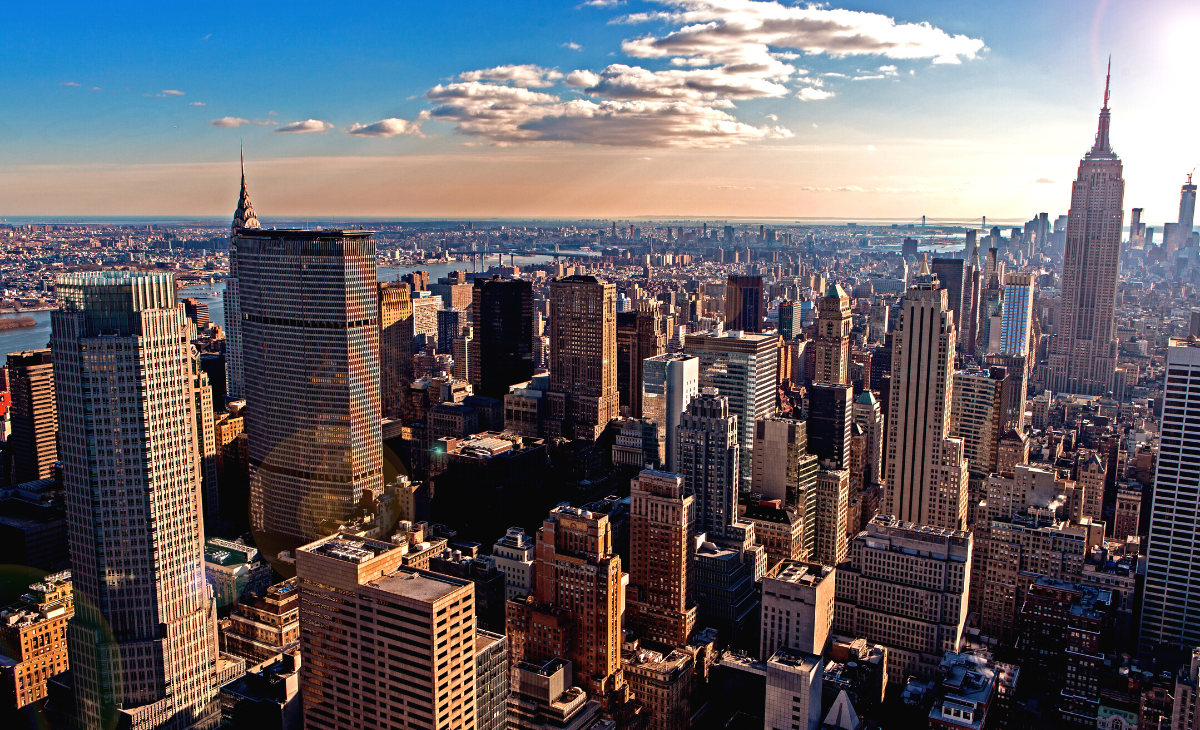
Manhattan Rents Are Up
Street Easy data shows the median asking rental price in May to be a record-breaking $3,390. The Real Deal quotes appraisal firm Miller Samuel’s May’s Manhattan median rental price as $4,050. As a mortgage payment, that number would guarantee a great condo in any other market, but New York marches to the beat of its own drum. All neighborhoods, though, are not created equal, and if you’re on the hunt for a rental apartment during the balmy summer months, here are some of the neighborhoods you might want to check out.
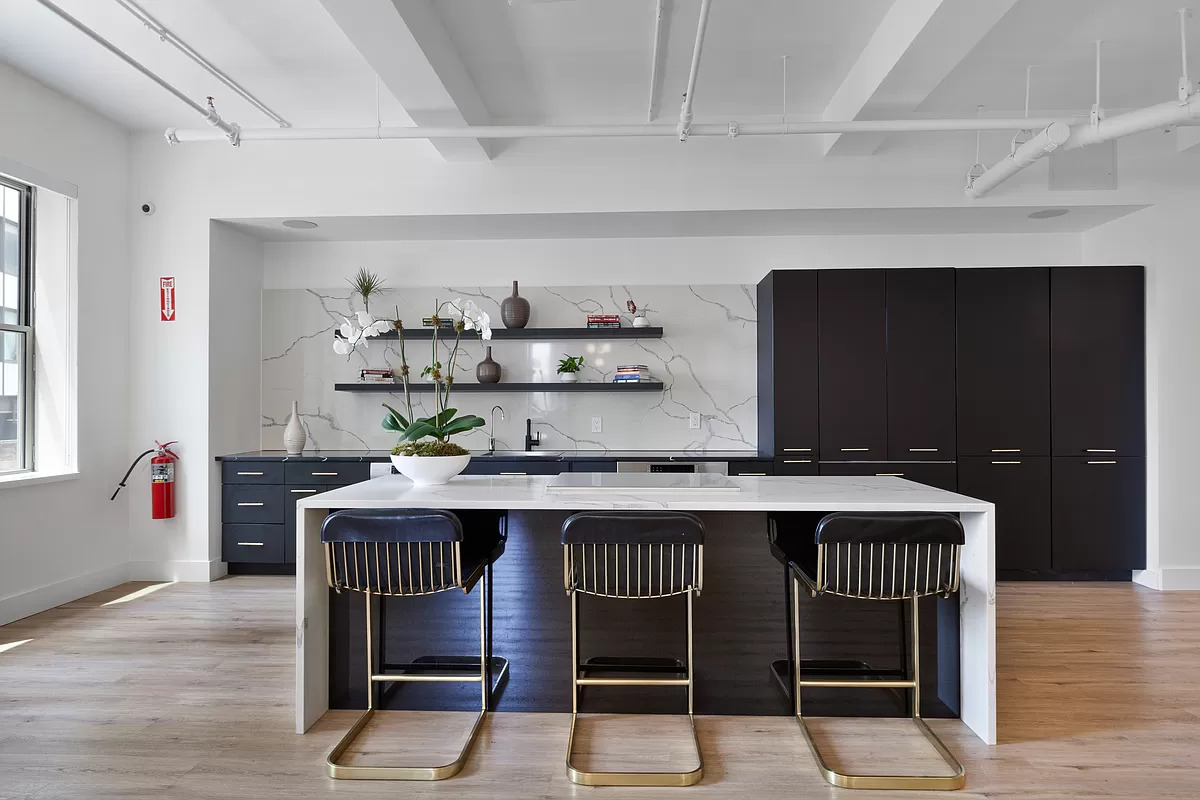
116 John Street #1603 in Financial District | 2BD | 2BA | $6,400/mo | SCHEDULE A VIEWING.
Downtown Manhattan
Nowhere else in Manhattan has rental inventory increased like Downtown Manhattan which includes coveted neighborhoods such as the Flatiron, West Village, and Soho. However, the East Village increased inventory the most — up 32% from 798 rentals in April to 1,054 in May.
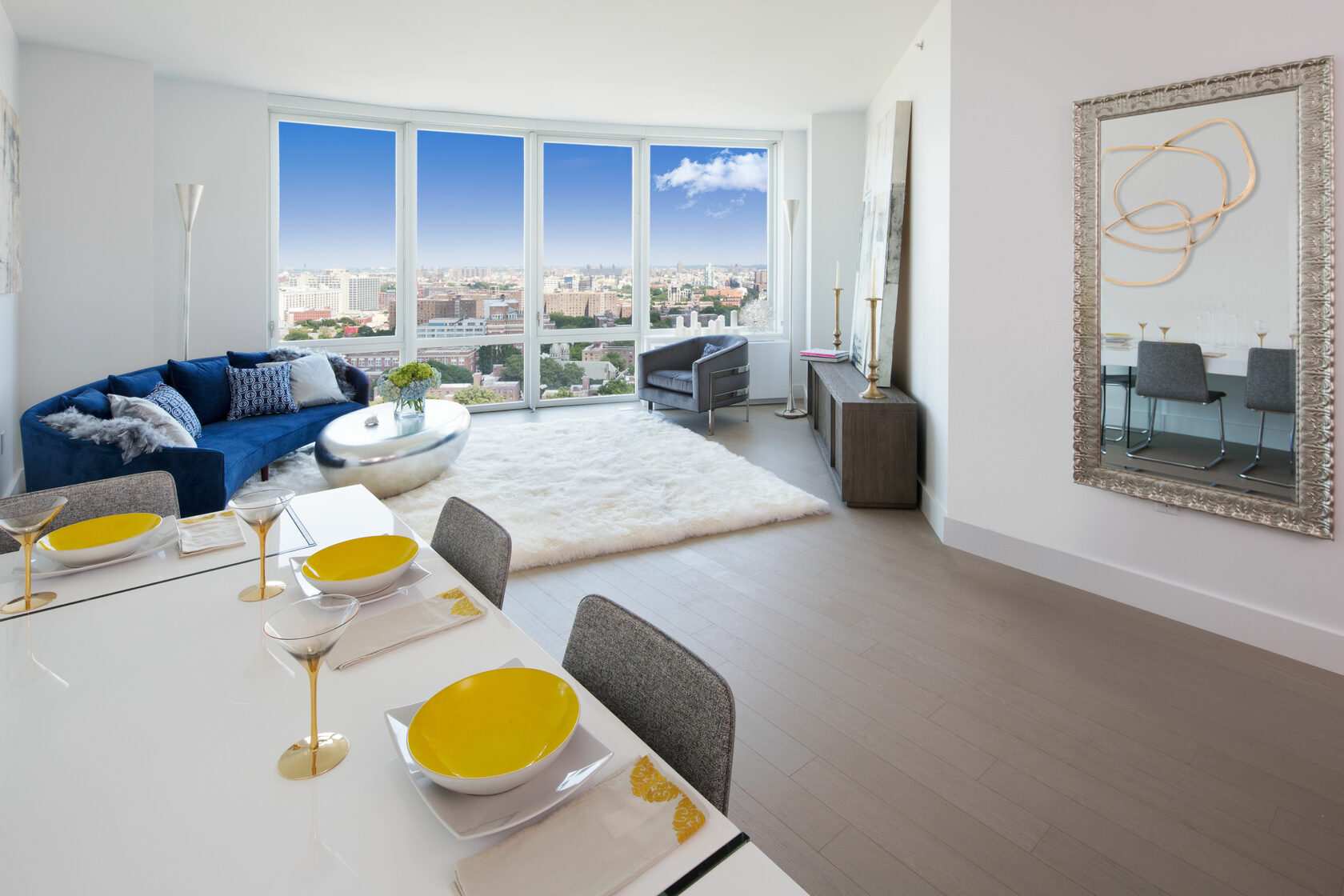
Brooklyn
Although available inventory rose at a slower pace in Brooklyn than in Manhattan, it was again the more expensive neighborhoods that saw the largest, albeit relatively small, increase in inventory. Northwest Brooklyn, which comprises Downtown, DUMBO, Fort Green, and Boerum Hill, saw the available units increase from 1,239 in April to 1,379 in May.
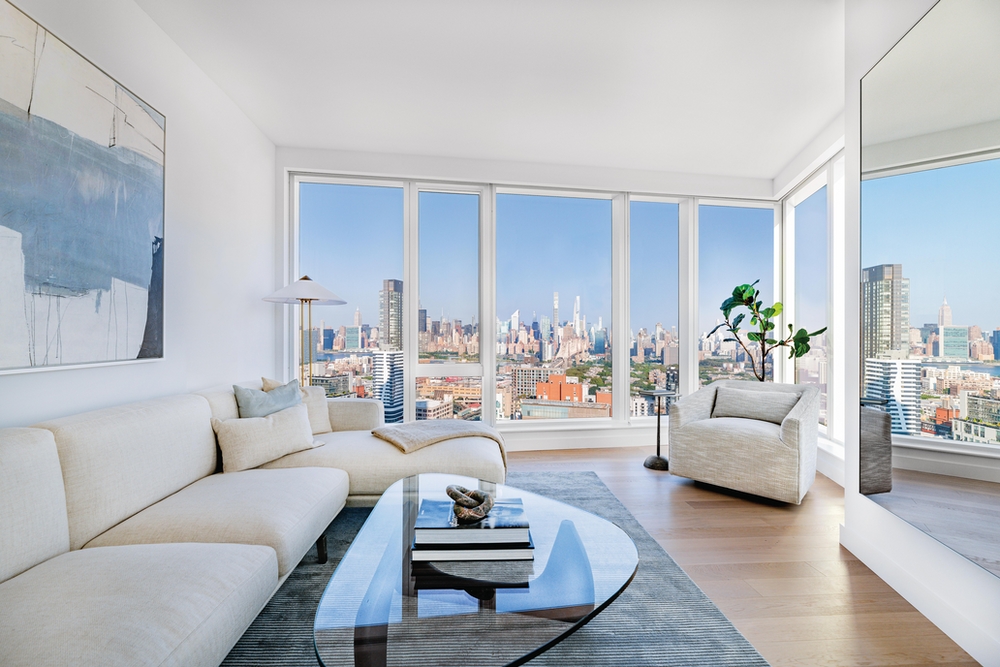
Queens
Unlike Manhattan and Brooklyn, Queens’ inventory actually dropped in May, albeit incrementally, from 3,917 units in April to 3,739 units. Ironically in Queens, the pricier neighborhoods such as Long Island City, Astoria, and Sunnyside saw the most significant decline in inventory which appears to be a little confounding when compared to the inverse relationship between more expensive neighborhoods and inventory in Manhattan and Brooklyn. It turns out, though, that there's a method to the madness.
What It All Means
According to StreetEasy, the data makes perfect sense. Renters priced out of the costliest Manhattan neighborhoods due to increased rents are heading to less expensive neighborhoods in Brooklyn and Queens.
Unfortunately for renters, there’s not a clear-cut scenario where they might end up with more cash in their pockets. Should the Federal Reserve Bank continue to increase interest rates to curb inflation, a mild recession could occur, leading to an even further slowdown in demand for sales. For those in recession-proof jobs (city workers, first responders, teachers, etc.), that might be the best hope of a break from the overheated rental market.




